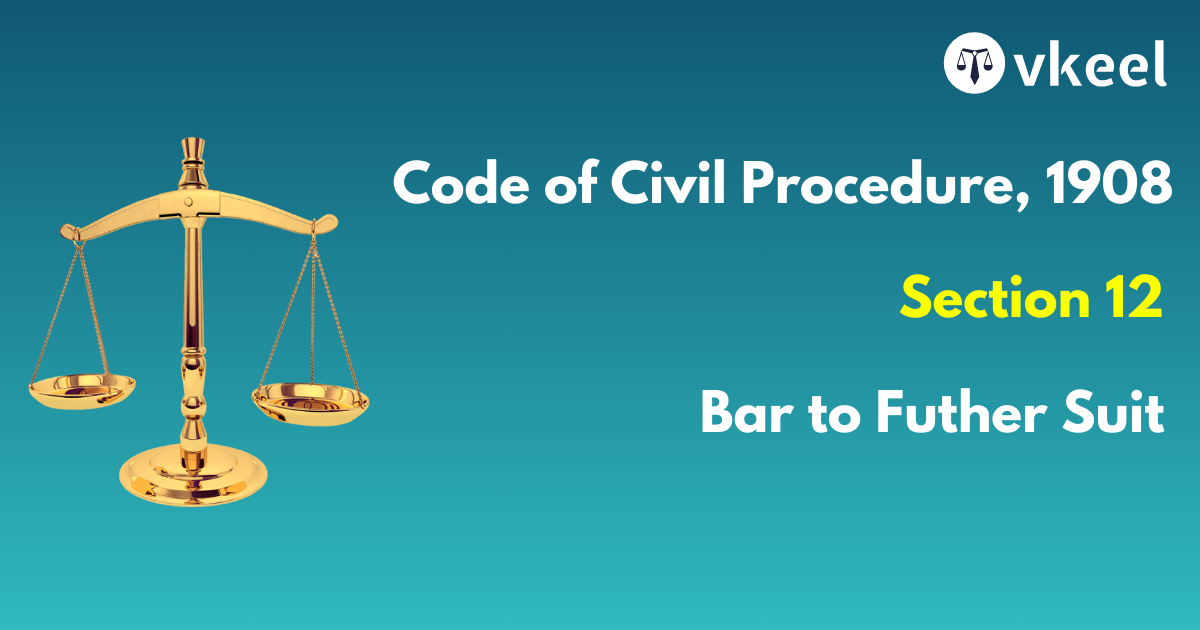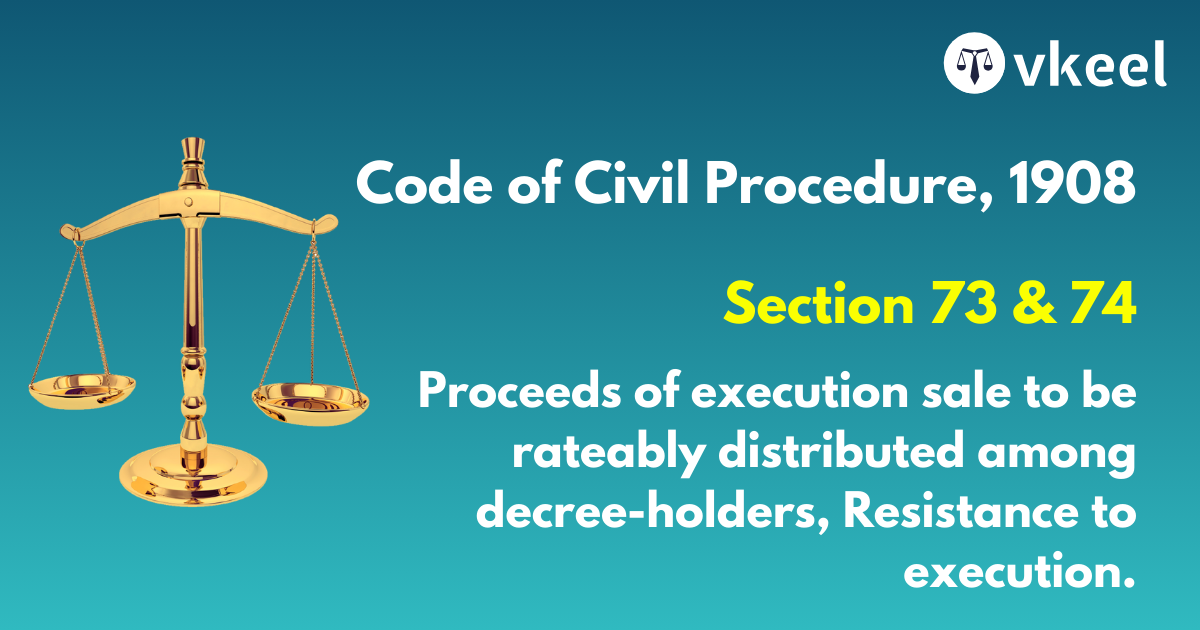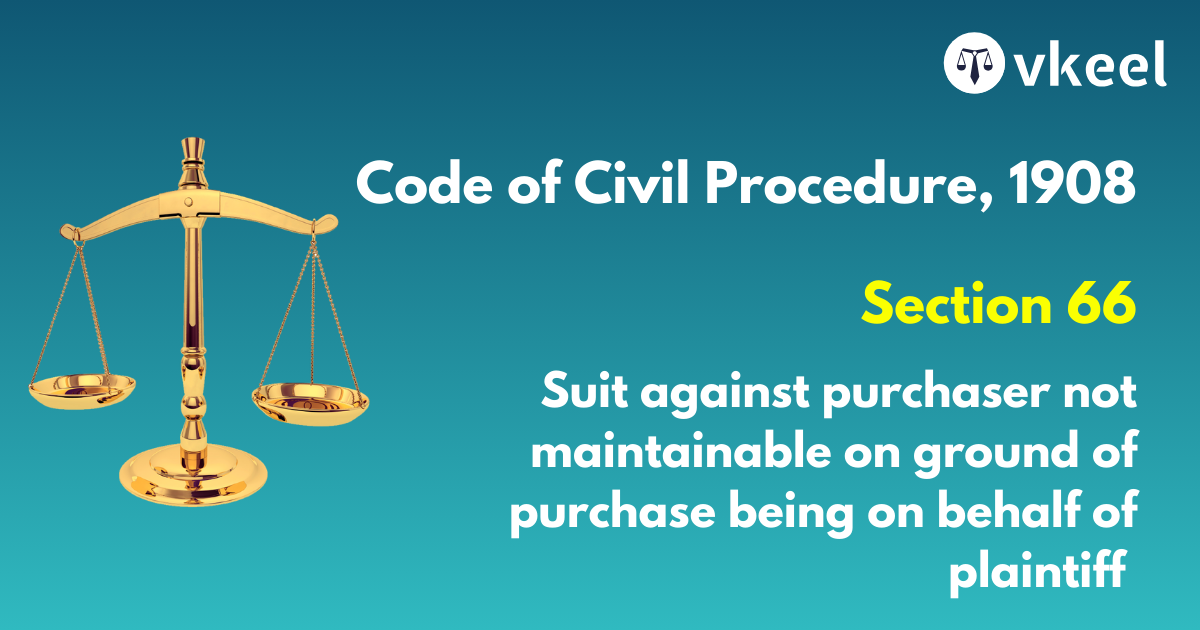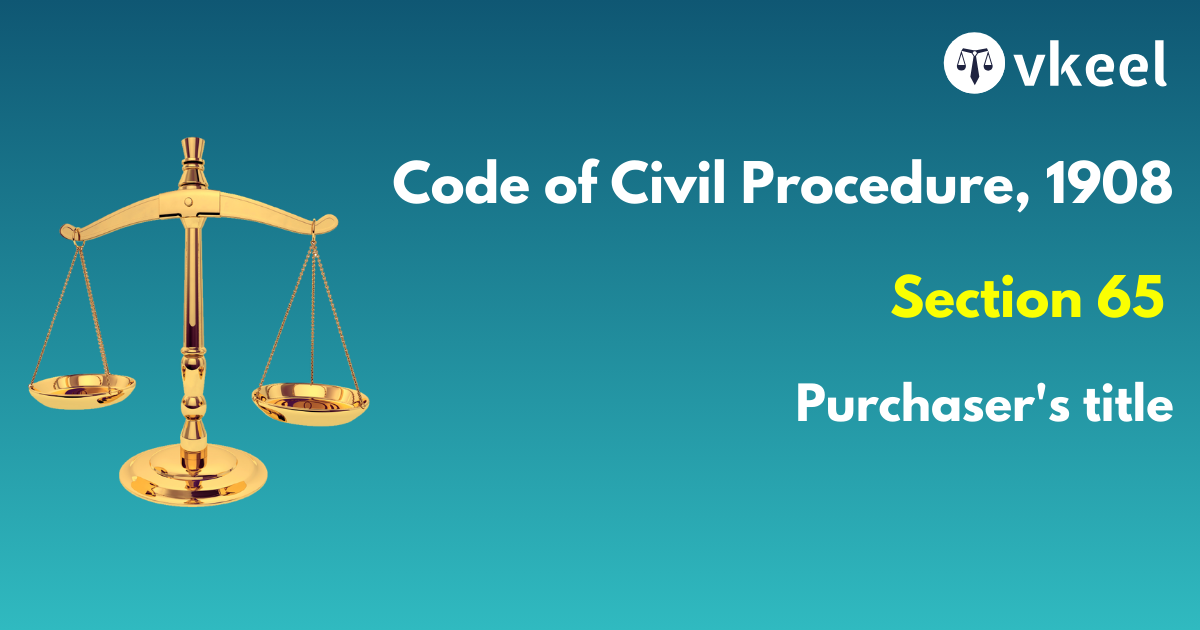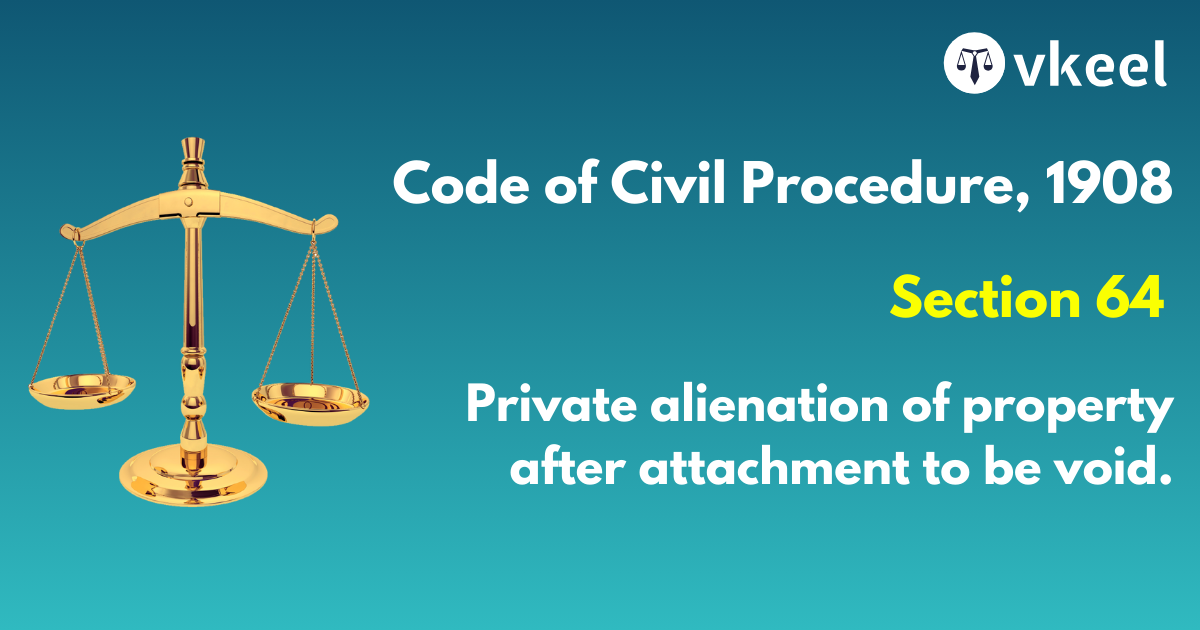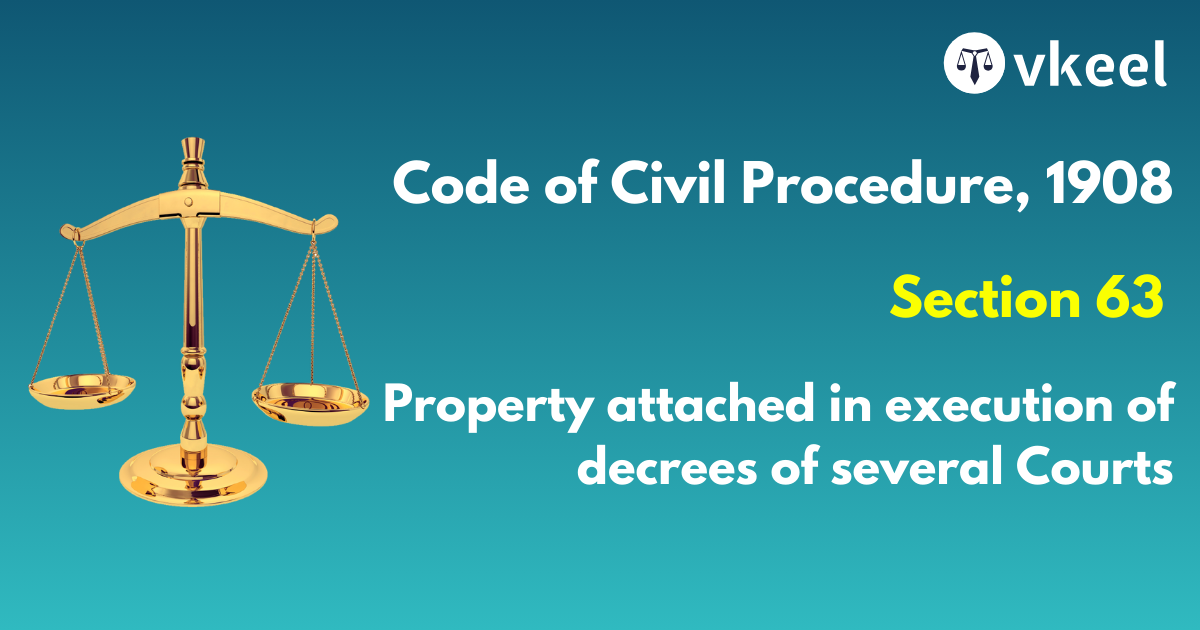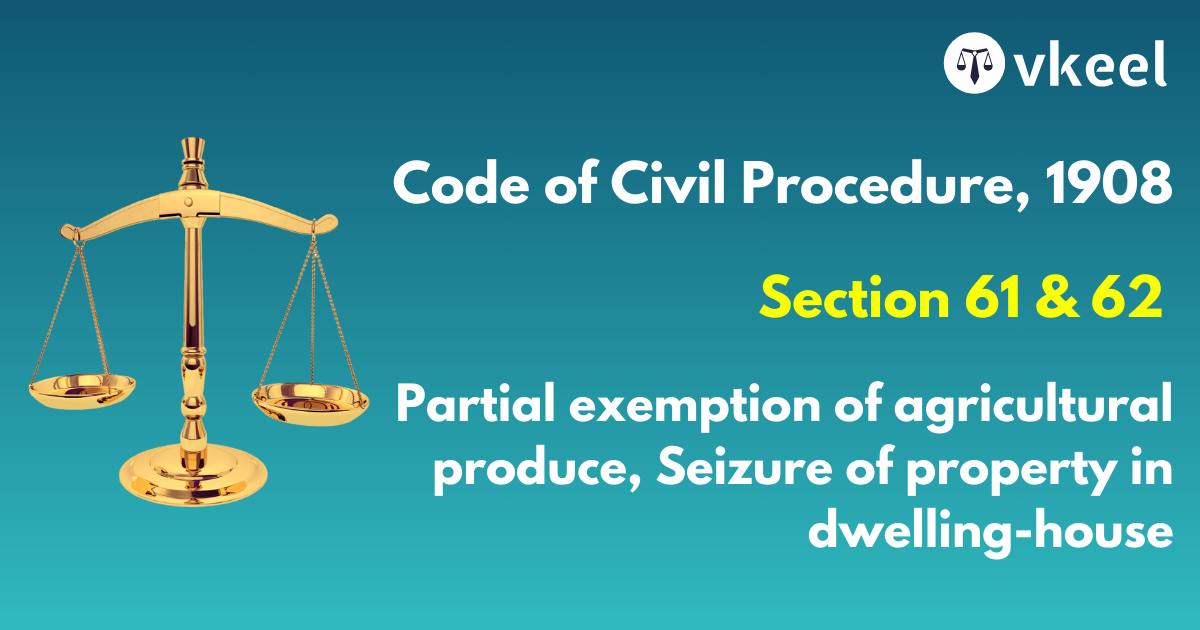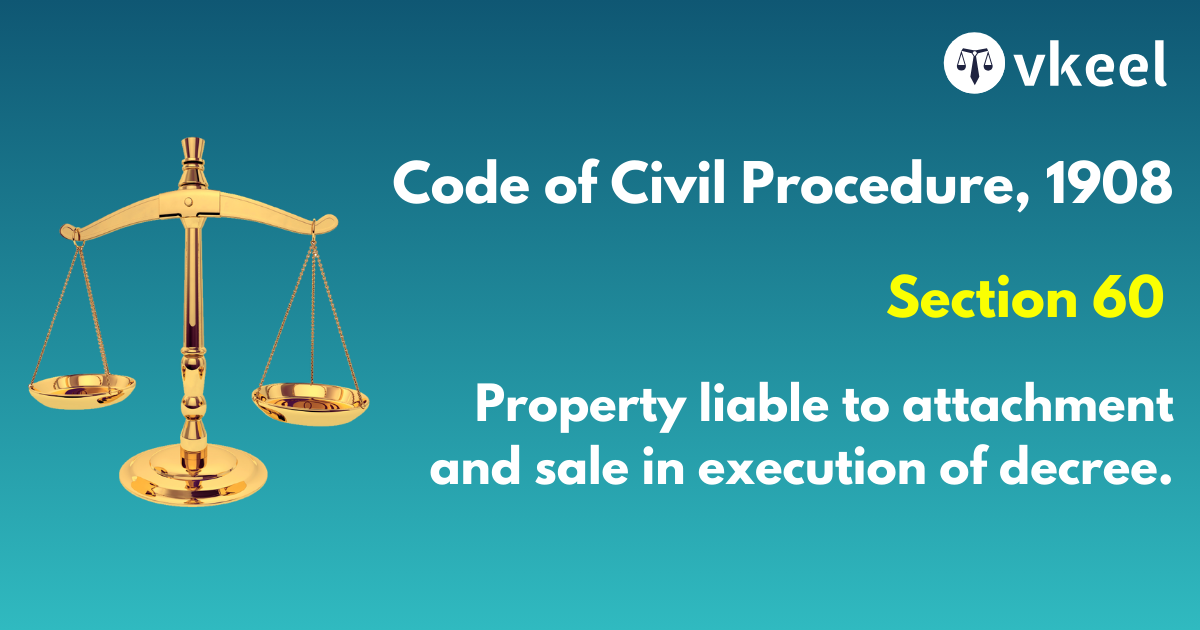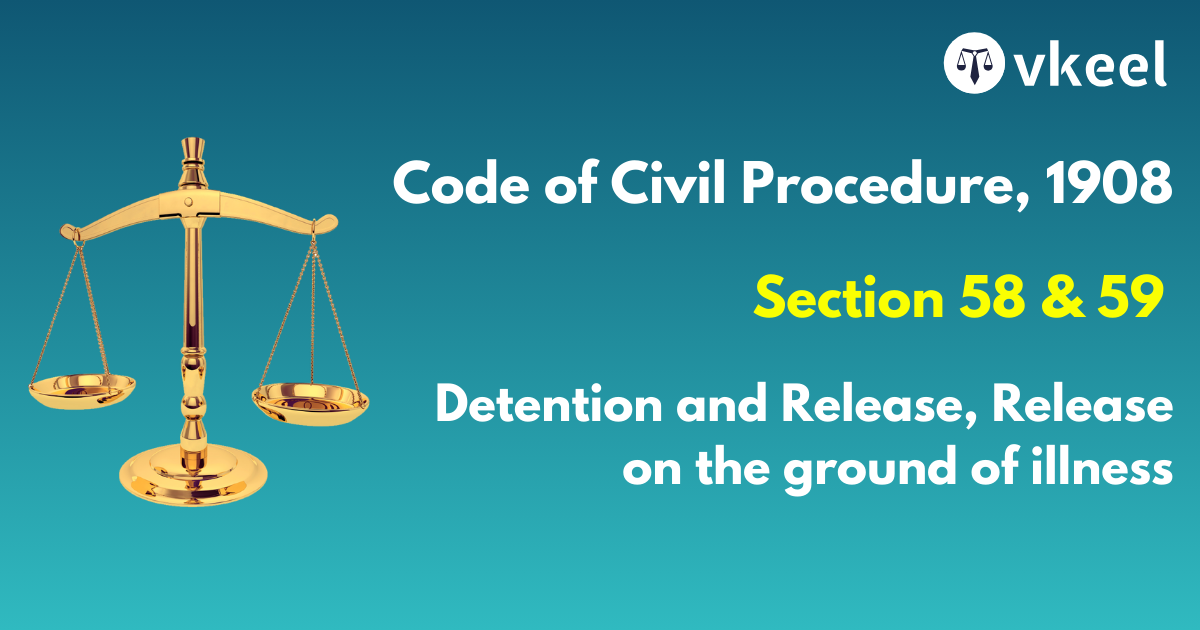Section 12 Code of Civil Procedure,1908 – Bar to further suit
By Joy Puri
Table of Contents
Introduction
The provision enumerates the bar or imposes a restriction on the plaintiff to not file a certain sort of suit.
The section of the Code of Civil Procedure applies to all the courts which fall within the ambit of the code thereof.
Section 12 of the Code of Civil Procedure, 1908
Bar to further suit-
Where a plaintiff is precluded by rules from instituting a further suit in respect of any particular cause of action, he shall not be entitled to institute a suit in respect of such cause of action in any Court to which this Code applies.
Interpretation of the provision
The restrictions thereby imposed on the plaintiffs, if a specific matter in being addressed in an appeal, the one who has filed the suit cannot file any other suit on the same cause of action in any court which falls within the purview of the Code of Civil Procedure.
It therefore promotes the concept of finality in legal proceedings thereby assuring that the requisite parties to the case cannot attempt again and again to gain a different outcome.
By the bars that are put on the plaintiff, it thereby saves the judicial resources of the society, furthermore boosting the judicial efficiency.
Landmark Case Laws
Hari Ram v Lichmaniya, 2003
“Rules” [section 2(18) and section 122]. As to rules precluding a fresh suit see O II rule 2; O IX rule 9; O XXII rule 9 and O XXIII rule 1. Section 12 bars the plaintiff from instituting “further suit” based on and in respect of the such cause of action, which was cause of action in earlier suit.
Nanubati v Bhairo,1932
Where a suit was wrongly instituted against a person as heir of another person and decreed, a fresh suit against the real heir is not barred.
Sat Pal Mohindra v Surinder Timber Stores,1999
Where during the pendency of proceedings before Consumer Forum, a civil suit is filed for different relief; jurisdiction of the Consumer Forum is not ousted.
Conclusion
For the futuristic view, the courts must thereby identify and reject the suits which in their essence violate the antecedent provision of the Code of Civil Procedure, 1908.
Moreover, the plaintiffs on their parts should also be more vigilant and ensure that they are not initiating multiple proceedings on the same cause of action.
Disclaimer:
The information provided in the article is for general informational purposes only, and is not intended to constitute legal advice or to be relied upon as a substitute for legal advice. Furthermore, any information contained in the article is not guaranteed to be current, complete or accurate. If you require legal advice or representation, you should contact an attorney or law firm directly. We are not responsible for any damages resulting from any reliance on the content of this website.

